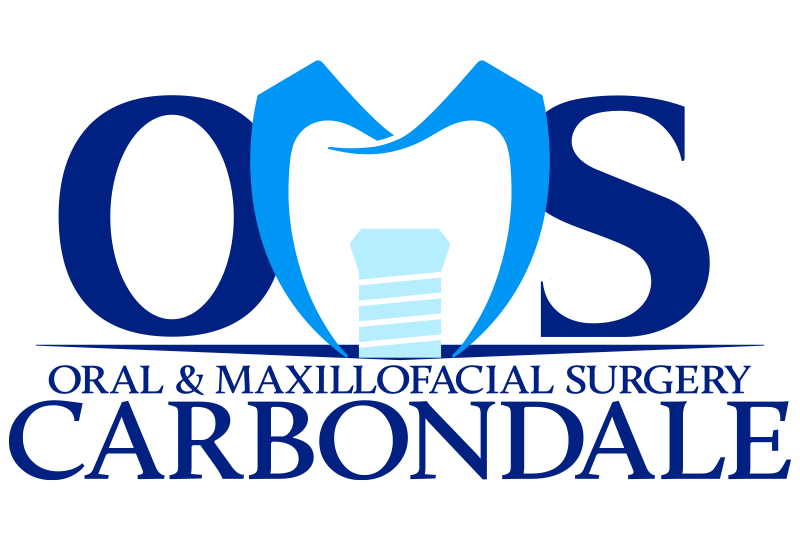Third molars, commonly known as wisdom teeth, are the last set of teeth to emerge—and they frequently cause problems. In most cases, the human jaw lacks sufficient space to accommodate these late bloomers. Without room to erupt properly, wisdom teeth may become impacted, trapped in awkward or harmful positions beneath the gums. Impacted teeth can lead to infections, damage neighboring molars, and even contribute to bone loss or cyst formation.
Leaving impacted wisdom teeth untreated poses long-term risks. Misaligned eruptions can push adjacent teeth out of alignment, disrupting orthodontic work or natural bite alignment. Additionally, partially erupted wisdom teeth create hard-to-clean crevices, fostering bacterial growth and increasing the risk of gum disease. Early evaluation and proactive removal are key to avoiding these complications.
Key Factors in Timing Wisdom Teeth Evaluation
The ideal timing for wisdom teeth removal hinges on several developmental factors. Jaw growth plays a critical role: females typically complete jaw growth by age 15, while males finish around 18. Bone density also matters—jawbones transition from soft, flexible tissue to dense bone starting around age 18, reaching peak density by 23. Younger patients (around 17) benefit from softer bone, which simplifies surgery and speeds recovery.
Root development is another crucial consideration. Wisdom tooth roots form between ages 14 and 18, with optimal removal occurring when roots are one-third to two-thirds developed. Waiting until roots fully form (often by age 25) increases risks, as longer roots may entangle with the jaw’s inferior alveolar nerve or extend into the sinus cavity. Early intervention minimizes these hazards.
The Risks of Delaying Wisdom Teeth Removal
Patients over 30 face higher surgical risks when removing wisdom teeth. Impacted teeth may fuse to the jawbone or damage nearby molars, leading to infections, cavities, or even tooth loss. Delayed removal also raises the likelihood of cysts or tumors, which can destroy surrounding bone and tissue.
Aging exacerbates anatomical challenges. Mature wisdom teeth roots often grow close to nerves or sinuses, increasing the chance of nerve damage (numbness, tingling) or sinus complications during extraction. Recovery times are also longer for older adults, making proactive removal in adolescence or early adulthood a smarter choice.
The Optimal Age for Evaluation and Removal
The sweet spot for wisdom teeth evaluation is between ages 15 and 17. At this stage, jawbones are still malleable, roots are partially formed, and eruption patterns are clearer. Early removal reduces surgical complexity, lowers complication risks, and promotes faster healing—often within days rather than weeks.
Don’t wait for pain to strike. Proactive consultation allows surgeons to address issues before they escalate. Are you ready to restore your smile at our skilled and trusted dental practice? Don't wait to get the smile of your dreams with us. Get in contact with our doctor, Dr. Billy Laun, and our exceptional team at our practice to schedule an appointment today!





